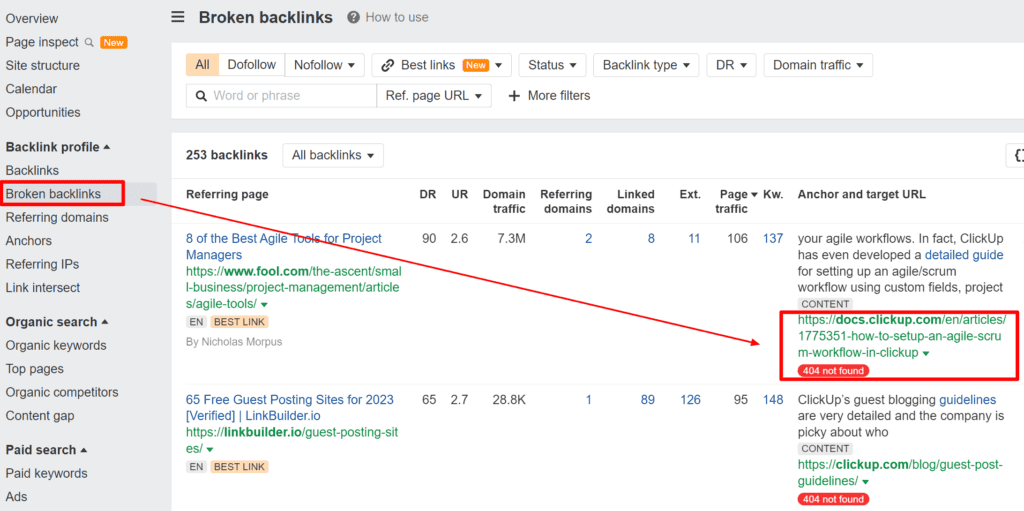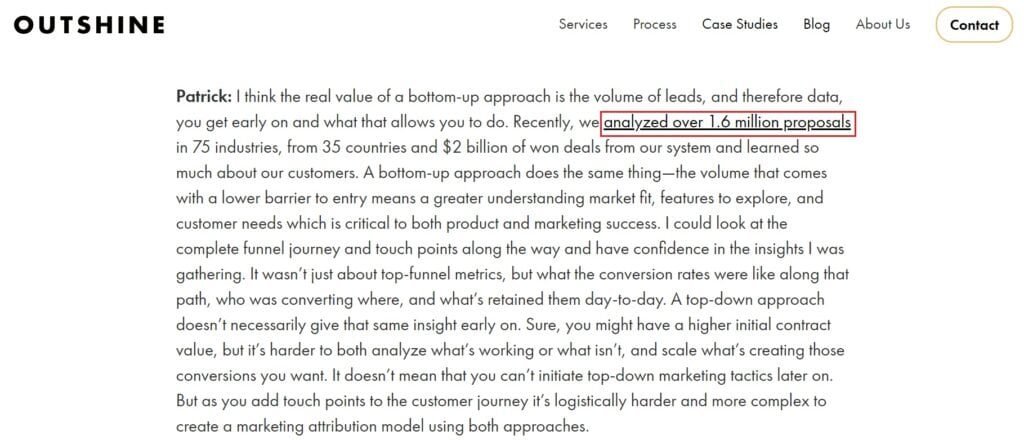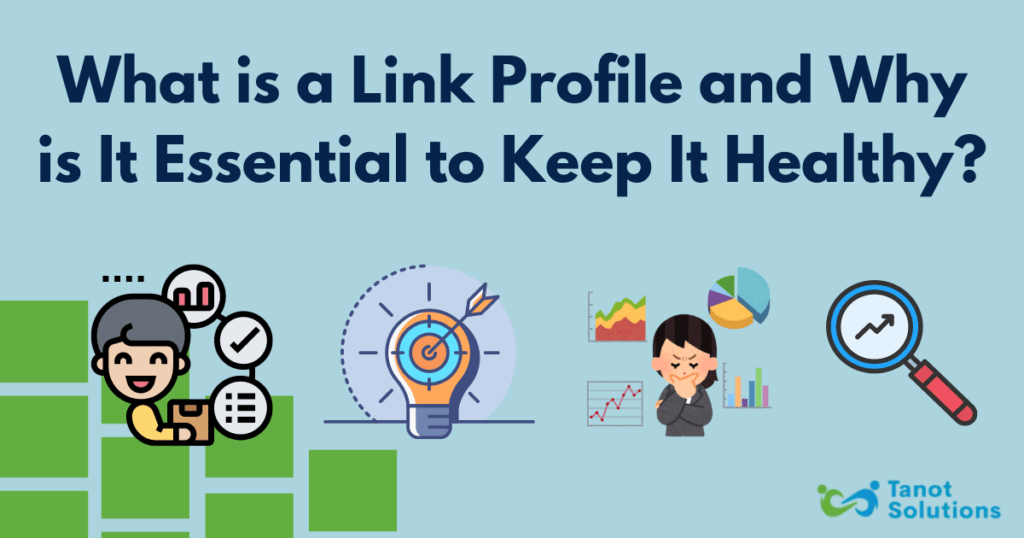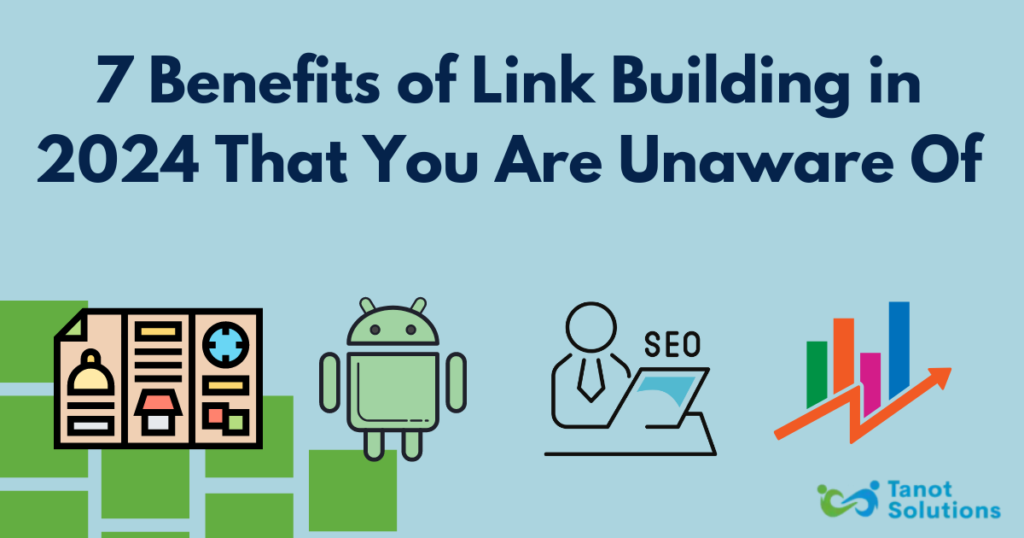Link building is a top Google ranking factor and this is not news to anyone. But did you know that some links are better than others in achieving higher search rankings?
Well, enter quality contextual backlinks 一 These are high-quality, relevant links that provide value to the users and direct them to other relevant content and resources. The link juice that contextual backlinks pass on to your web pages is way higher than generic inbound links.
Contextual link building is an effective SEO strategy that you must master to boost your site’s search engine ranking potential and domain authority.
In this post, you’ll get expert tips and advice on how to build more contextual backlinks from high-quality sites to your website.
What are Contextual Links?
Contextual links are links placed within the content body, on relevant anchor text, that direct readers to other related content.
Though both internal and external links can be contextual, in SEO terms, contextual links are typically external links that connect two related websites and pieces of content. Contextual backlinks are great for building a healthy link profile and improving your site’s search rankings.
Contextual links are:
- Placed within a high-quality content that is related to that of the linked page.
- Placed on anchor text that gives users an idea of what kind of resource the link will direct them to.
- Used to connect two contextually related pages of relevant websites with the same user base.
Check out this blog post by Hotjar with two contextual links. The first link leads to another article on the website and the second to a feature page that the platform offers.

Source
In both cases, the links fit well within the surrounding content and the anchor texts give a clear idea of what the readers can expect when they click on the links. Link relevancy is important in passing link juice effectively between the linked websites.
This is different from non-contextual links that direct readers to other websites without providing any context about the linked page’s content using descriptive phrases. For example, links in the header and footer sections of a page.
In the example above, the links on the “Sign in” and “Get started free” buttons solve a specific purpose and are useful, but are still non-contextual.
Why Should You Choose Contextual Links Over Non-Contextual External Links?
Contextual links provide a great user experience, which we all know search engines love.
With contextual links, users know where they’ll be directed if they click on the link. This sets clear expectations and users are not disappointed when they visit the linked post.
When people intentionally click on a link and reach a relevant page, they’re more likely to spend time on it. This is great for SEO as it signals to search engines that your site visitors find yourwebsite’s content relevant.
As such, contextual links can help improve your site’s performance and search engine rankings.
Moreover, getting more contextual links from trusted and authoritative websites in your niche will help boost your site’s authority, trust, and rankings.
How to Build Contextual Links for Your Website: Top 6 Strategies
Now that you understand why contextual link building is important, let’s learn how to build contextual links for your website to boost referral traffic and visibility on search engine results pages.
1. Guest posting
This contextual link building strategy involves writing articles with contextual backlinks to your website and posting them on other websites within your niche.
The key is to find websites that create content on similar topics to yours and are looking for contributors to provide high-quality content that is relevant and useful for their audience. Use relevant anchor text to place links strategically to related content on your website.
Here’s an example where Lilly Fast from Sprig wrote a guest post on Mixpanel’s blog with a contextual link to Sprig’s website:

Source
Pro Tip: When choosing websites for guest posting, prioritize those that have an audience similar to your target audience. This will help you drive relevant referral traffic to your website using contextual links.
2. Niche edits via manual outreach
This strategy involves reaching out to relevant websites in your niche, finding relevant content, and offering contextual links back to your website. It is also known as link insertions.
Here’s a step-by-step guide to using this contextual link building strategy:
- Use an SEO tool like Ahrefs to find top-ranking pages for a keyword.
- Filter out competitors’ pages and find websites that may give you a contextual backlink if your content is good enough.
- Research the chosen websites and find the contact details of their site owners or editors using tools like Hunter.io, SalesQL, etc.
- Conduct link building email outreach to pitch relevant resources on your website and ask them for contextual backlinks. Suggest the specific page and section where your link will fit perfectly. You can also send them a short copy or paragraph they could add.
- Follow up with all site owners you reach out to and collaborate with the ones who respond.
Some editors would be happy to link to in-depth content and resources without asking for anything in return. Some may ask for link exchanges or reciprocal links, which is also fine as long as you add relevant and contextual links useful to your audience.
3. Broken link building
Broken link building is the process of finding dead links on a website and convincing the site owner to replace those links with working links to your website.
Usually, broken links redirect to URLs or pages with 404 Not Found errors.
Here’s how broken link building works:
- Use a tool like Semrush or Ahrefs to spot broken links to your website as well as to that of your competitors. For example, here is a report of ClickUp’s broken links by Ahrefs:

- Find broken links that have a 404 error and and the linking site or page. In the above example, the link is from an article on the best agile tools for your projects.
- Make a list of the specific pages and broken links.
- Reach out to the editors of those websites, inform them of the broken links, and offer your relevant content as a replacement.
In the above example, you can send the site owner or editor a link to one of your insightful guides or articles on the agile scrum workflow setup. In most cases, the editors will be happy to add your resource with a contextual backlink anchor text.
4. Shareable and linkable resource creation
One of the best ways for building contextual links is to create link-worthy assets or resources. These are useful content pieces that people organically want to link to, without you having to promote them.
Some examples of link-worthy assets include:
- Data-rich infographics on important industry topics
- Original research studies with useful numbers and insights
- Informative and engaging videos that explain concepts
- In-depth ebooks and how-to guides covering a topic comprehensively
- Detailed articles covering industry trends or a list of statistics
- Free tools or calculators that help solve specific problems
One great example of a tool that gets tons of backlinks is CoSchedule’s Free Headline Analyzer. The page has 17K backlinks from 6.4K referring domains.

Source
These are just backlinks. You can imagine the monthly traffic that a free tool or resource like this gets. Creating such valuable resources is great for search engine optimization in more ways than one and is worth the effort.
5. Interviews and expert roundups
This is one of the more underrated contextual link building strategies; one that deserves more appreciation.
The concept is simple: You participate in interviews or give quotes for expert roundups and thought leadership articles. Add a relevant contextual link to your website in your responses. This backlink will bring relevant traffic to your site and your participation will help establish yourself as an industry expert.
Many websites like to interview industry experts and ask them for their opinions on various industry topics. You can provide a brief answer and link to a relevant resource on your website that covers the topic in depth.
Check out this example where Patrick Edmonds of Proposify (a proposal software company) has added a contextual link to a topic-relevant study on his website in his interview answer.
6. HARO link building (now Connectively)
If you’re looking for quick, yet effective, contextual link building strategies, then this is it. HARO or Help a Reporter Out is a platform where reporters from various media and publication sites come to seek expert answers to their questions
Reporters post their questions and experts in the niche answer them. The reporters then choose the best answers and publish them on their websites.
To use this link building strategy, you simply need to register on the platform and choose your areas of expertise. You will be sent a list of questions related to your niche or you can proactively search for questions on the platform.
Answer the questions to provide valuable information and add a link to a post on your website that covers the topic in more detail. Since such relevant links are useful to the readers, the publishers will be happy to keep them.
Note that HARO is now Connectively and will phase out the old platform in 2024. So if you are new to this, register on the new Connectively platform.
This strategy can help you get backlinks from some of the top media sites globally. We’ve also put together a guide on how to build relevant backlinks from high-DR sites using HARO.
Ready to Build High-Quality Contextual Links to Your Website?
There you have it: some of the best contextual link building strategies to get high-quality backlinks for your website.
When building contextual links, ensure that you use clear anchor texts, informing users of what content they can expect if they click on the link. Also, place a link within content that is related to the linked page’s content topic.
Follow these best contextual link building practices to boost your domain authority and visibility on Google search and other search engines. You can also outsource link building to experts like us. We guarantee high-quality, contextual links only. Book a call now to discuss your requirements.



